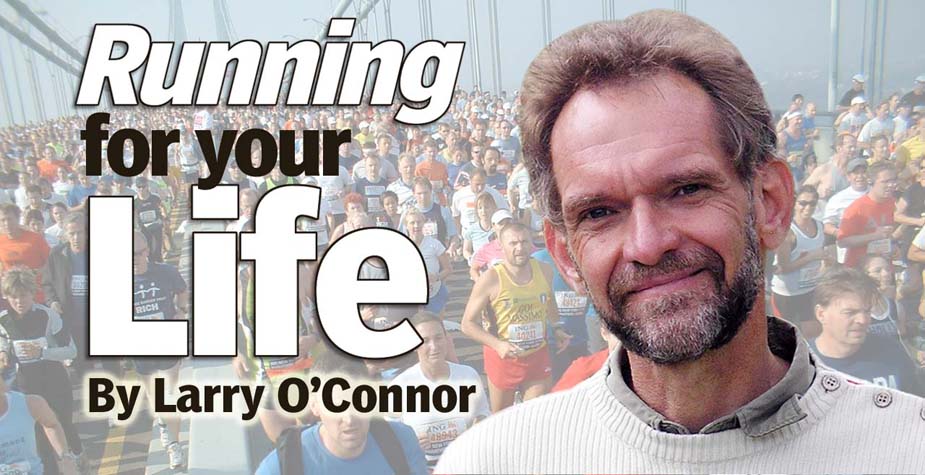Pay a little attention, and the signs will come, pointing to the reasons
why I started this business – Running, Reading and ’Riting – in the first
place.
For me, it often happens on a run.
In my neighborhood of Park Slope Brooklyn, the scenery is special: a wide
variety of trees, sweet-sounding songbirds and books. Residents are always leaving
books out on the street, especially in fine spring weather. And, yes, I’ve
picked up some of my favorite reads – most recently “Eye of the Storm” by
Patrick White – by just paying attention to the titles as I run by.
Today (May 23), while running up Fifth Street toward Prospect Park, I was
drawn to a cover that looked familiar. The Virago Book of Women Travellers in
paperback, published in England. The same one that my wife Mary Morris and
I published more than two decades ago. It appeared to be in good shape.
A few minutes later, on a path just inside the park and in the shade of a
copse of 100 foot-plus trees, I noticed a pencil. It lacked an eraser top and
the lead was dull but it was near full size. I picked it up and ran the 3.5
miles around the park holding it in my writing fingers. I usually finish my run
down Third Street, a grand thoroughfare of magnificent trees, but this time I
detoured to Fifth, where I stopped and picked up the paperback, before
continuing on my run.
The pencil and the paperback are now at home. I am inspired by the idea
of what I will be putting down with that new pencil of mine.
Next: Running for Your Life: American
Redstart
